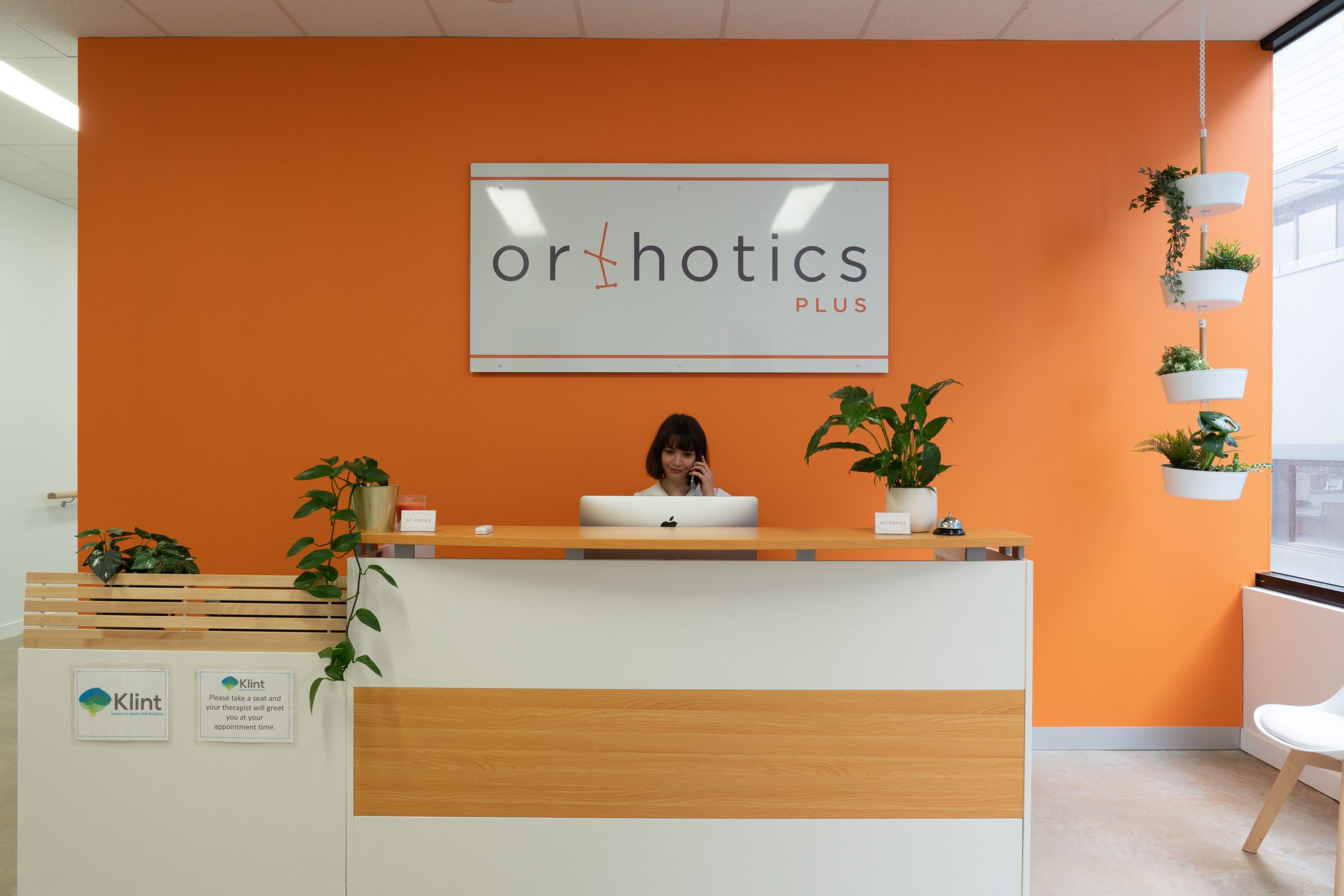Ankle Arthritis Support
Orthotics Plus provides a range of supports for people living with ankle arthritis.
For ankle arthritis, the primary anatomy we are concerned with is:
- The talocrural joint, formed by the tibia, talus and fibula, (located in the centre of the ankle) which allows the foot to travel up/down
- The subtalar joint, formed by the talus and calcaneus, (located underneath the ankle) which allows the foot to invert and evert (move from side to side)
Our services are holistic, from assessment to ongoing support. Our clinics are located in Malvern & Heidelberg, Melbourne.
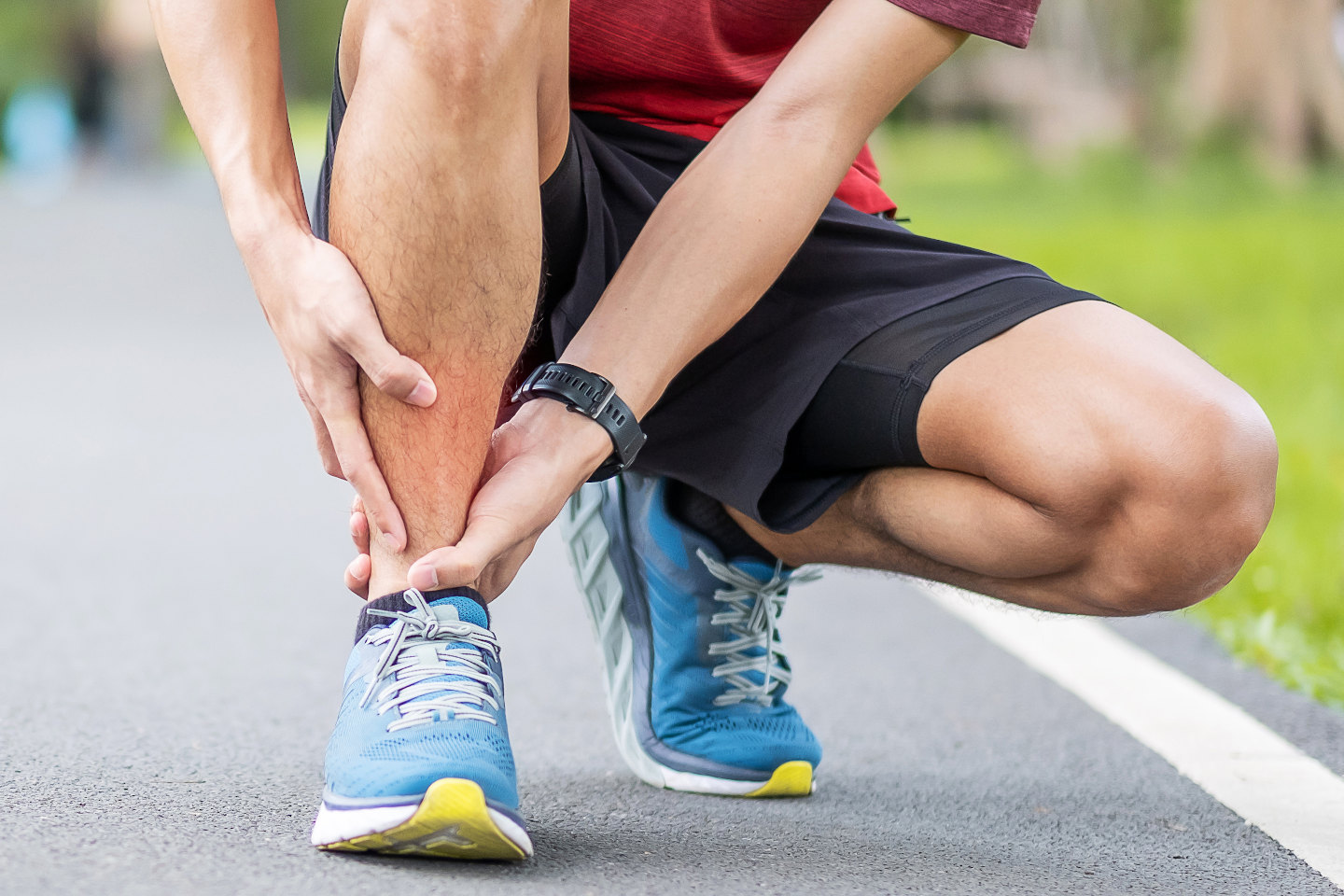
What is Ankle Arthritis?
There are different types of arthritis, however, the most common type that we see in the ankle is osteoarthritis. Other types are rheumatoid arthritis, psoriatic arthritis, septic arthritis, gout and Juvenile idiopathic arthritis etc.
Osteoarthritis is described as a degenerative type of arthritis, which can be caused from overuse, malalignment, a traumatic injury or a combination. For example, a severe ankle fracture in the talus or calcaneus may lead to osteoarthritis in later years.
Osteoarthritis is a progressive condition resulting in reduced cartilage thickness and potentially bone on bone contact in the ankle. This will likely cause pain, stiffness and crepitus.
At Orthotics Plus, we are primarily engaged to assist patients with pain management.
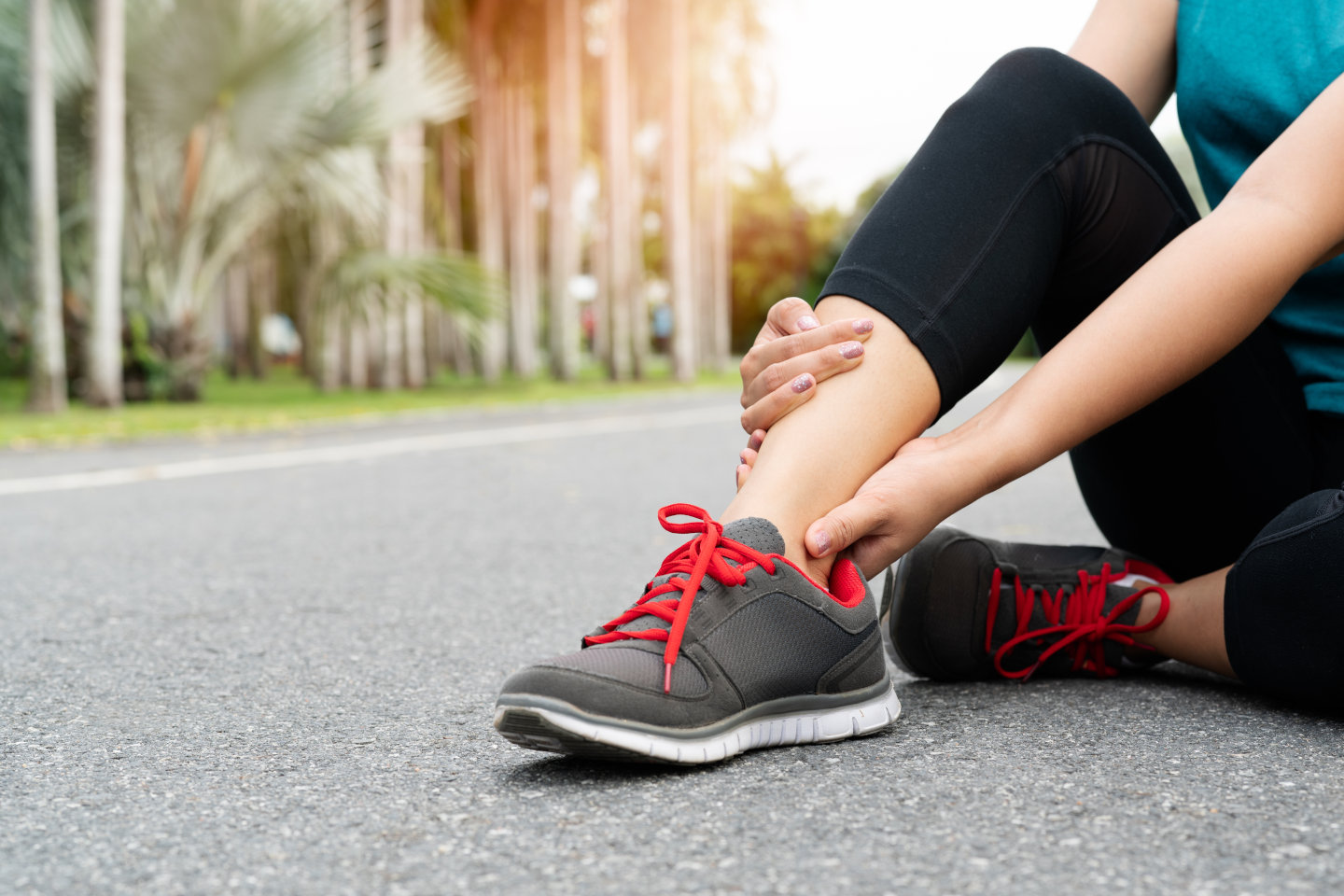
Who is Affected By Ankle Arthritis?
Fundamentally, anyone can be affected by ankle arthritis. There is a huge range in terms of age.
The younger people who acquire arthritis are generally associated with a traumatic cause, such as an ankle fracture or ligament rupture. OA is more rare for under 40s.
Older adults are more likely to acquire or experience worsened ankle arthritis, primarily because of being subject to forces over a greater timespan and the reduced capacity for the body to heal as we get older. It is suggested those with manual occupations are more likely to acquire ankle OA.
Approximately 2.2 million Australians are living with OA. In our experience, OA in the ankle is less prevalent than the hip or knee.
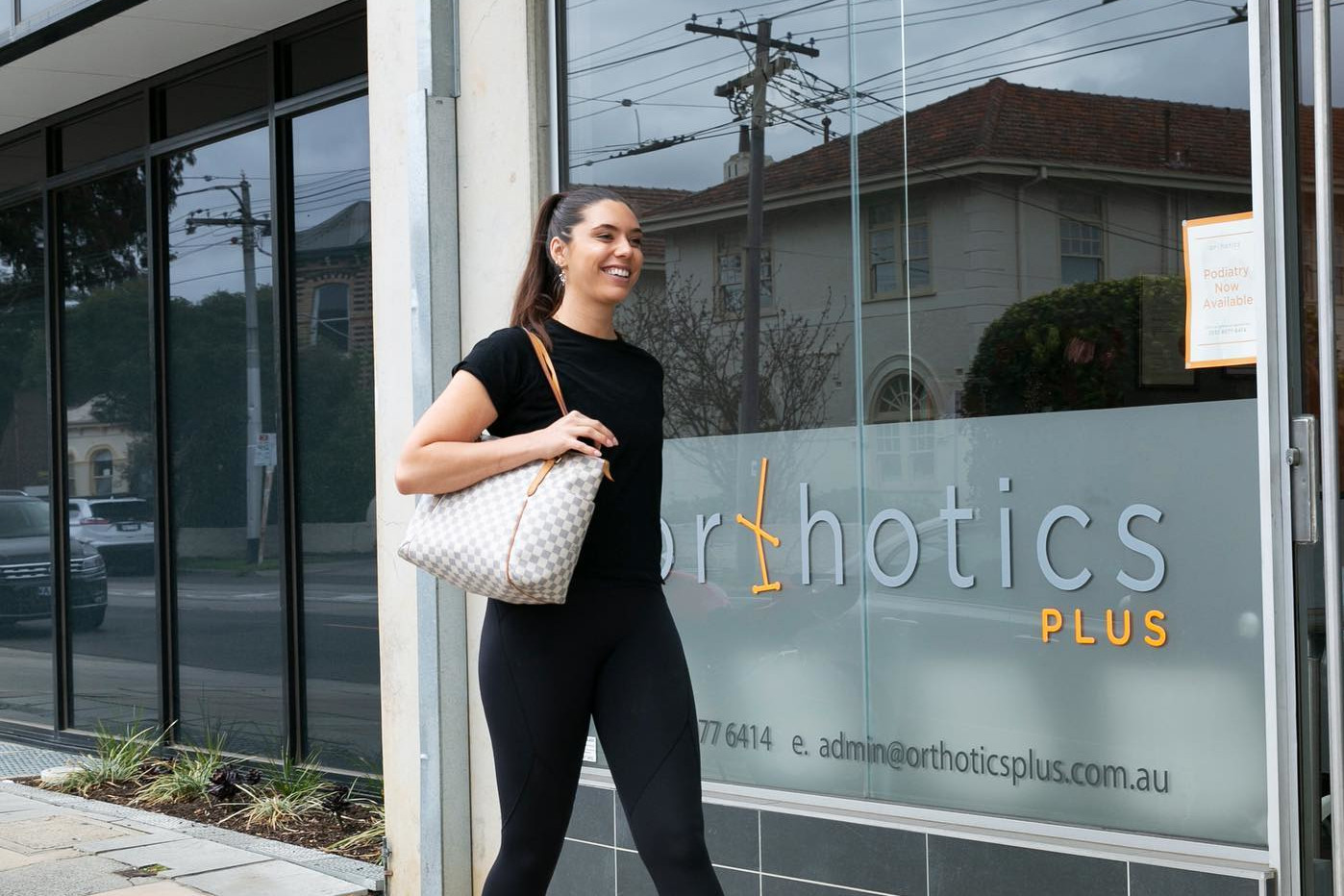
Diagnoses
In the event a patient visits us without a diagnosis, and we suspect the presence of arthritis, we would suggest the patient works with their GP to obtain an x-ray or other imaging.
Diagnosis is critical as the ankle joint is complex and there are many other potential causes of ankle pain, with differing treatments.
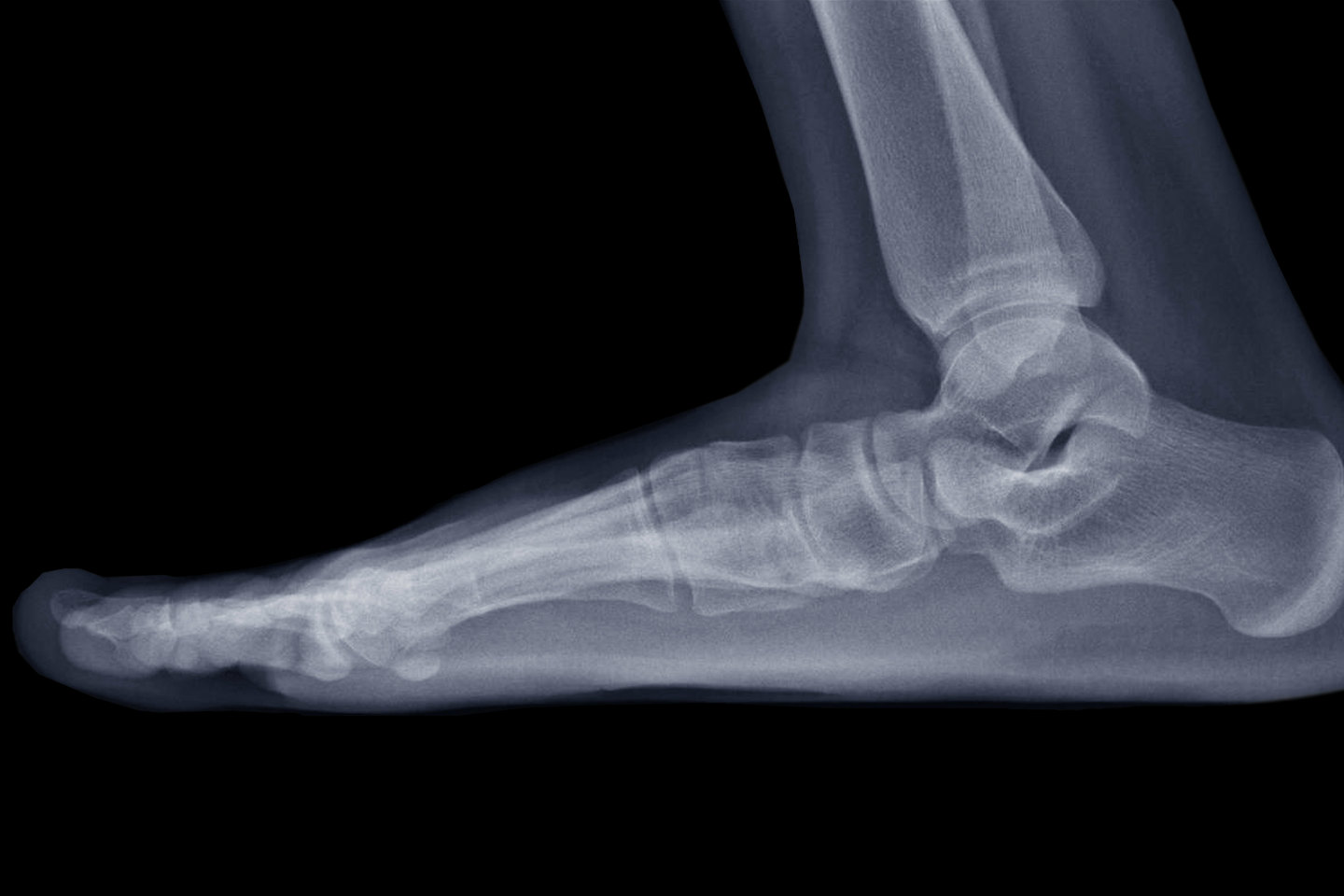
Assessment
The first part of treatment is always a comprehensive assessment.
Assessment is a range of subjective and objective tests that consider:
- Gait
- Swelling
- Muscle atrophy
- Deformity
- Pain
- Temperature
- Range of motion
- Loss of sensation
- Strength/function testing
- Balance / falls risk assessment
There are validated testing tools, such as the Foot and Ankle Disability Index which may assist us in quantifying the condition.

Treatment
The overall objective of any treatment is to minimise symptoms, which is namely pain management and improving function.
What is appropriate for one patient might not be appropriate for another, due to factors such as activity levels, their anatomy and meaningful goals.
Non-Operative Treatment Pathways
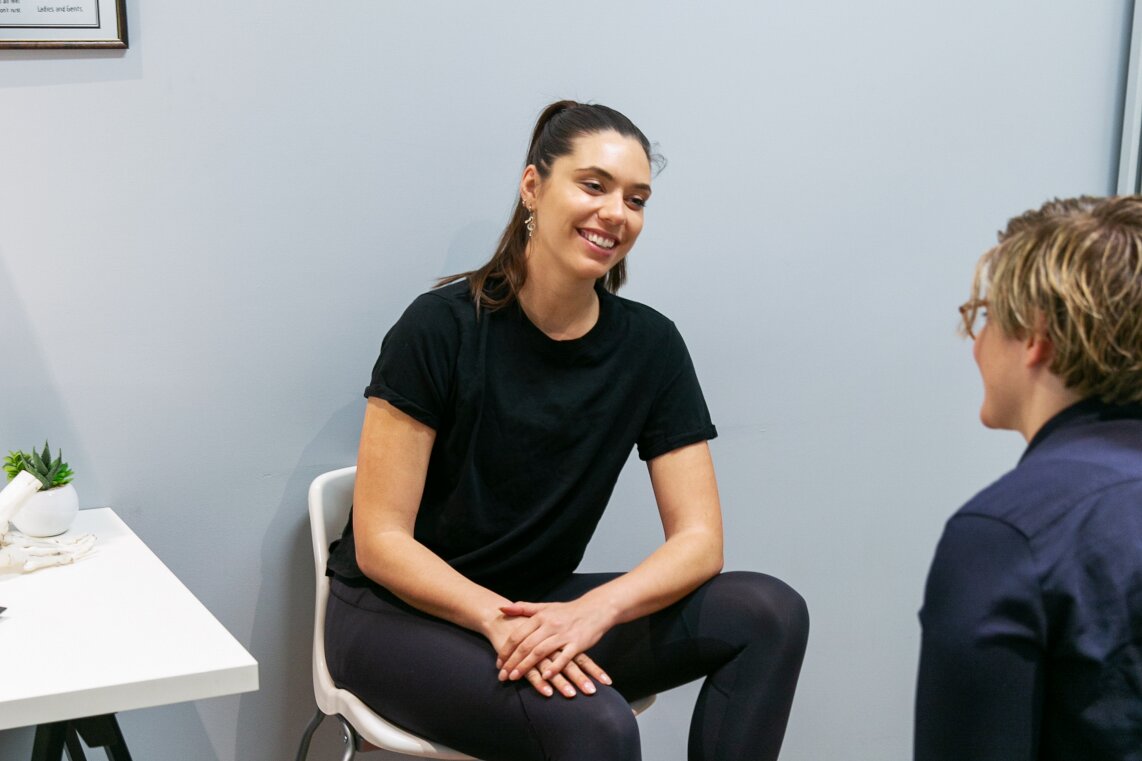
- Biomechanical correction (i.e. various types of Orthoses)
- Weight management
- Physical rehabilitation
- Medication
Operative Treatment Pathways

- Ankle fusions
- Arthroscopy
- Total ankle replacements
What Types of Orthoses are Beneficial for Ankle OA?
Orthoses are a conservative approach to management of ankle OA. It should be noted that treatment should be proportionate to symptoms and trialled in an appropriate order.
We have patients that have benefitted from:
- Custom foot orthotics
- Custom shoes & modifications (i.e. rocker sole)
- Ankle braces
- Solid AFOs
- Jointed AFOs
The outcome that indicates a positive result is when the patient reports their pain has been lowered.
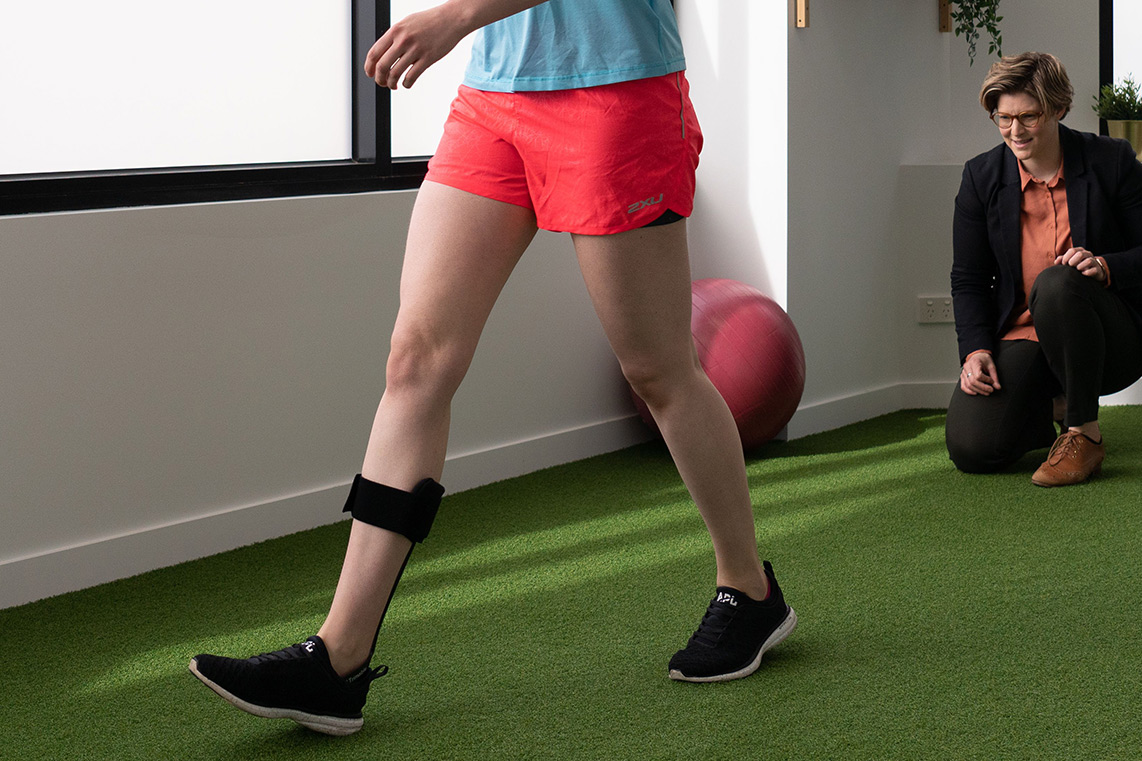
Ankle OA Referrals for Orthotics Plus
Orthotics Plus was established in 2012, since this time, we have gained experience helping the community with a range of lower limb conditions.
- We have products you can trial during the consultation
- We are registered with AOPA and the NDIS appropriately
- We are fully university-qualified
- We have two clinic locations in Melbourne
To start with Orthotics Plus, please use our referrals or clinic locations pages to make an enquiry. We’re here for you!
References https://www.ncbi.nlm.nih.gov/pmc/articles/PMC5927448/
